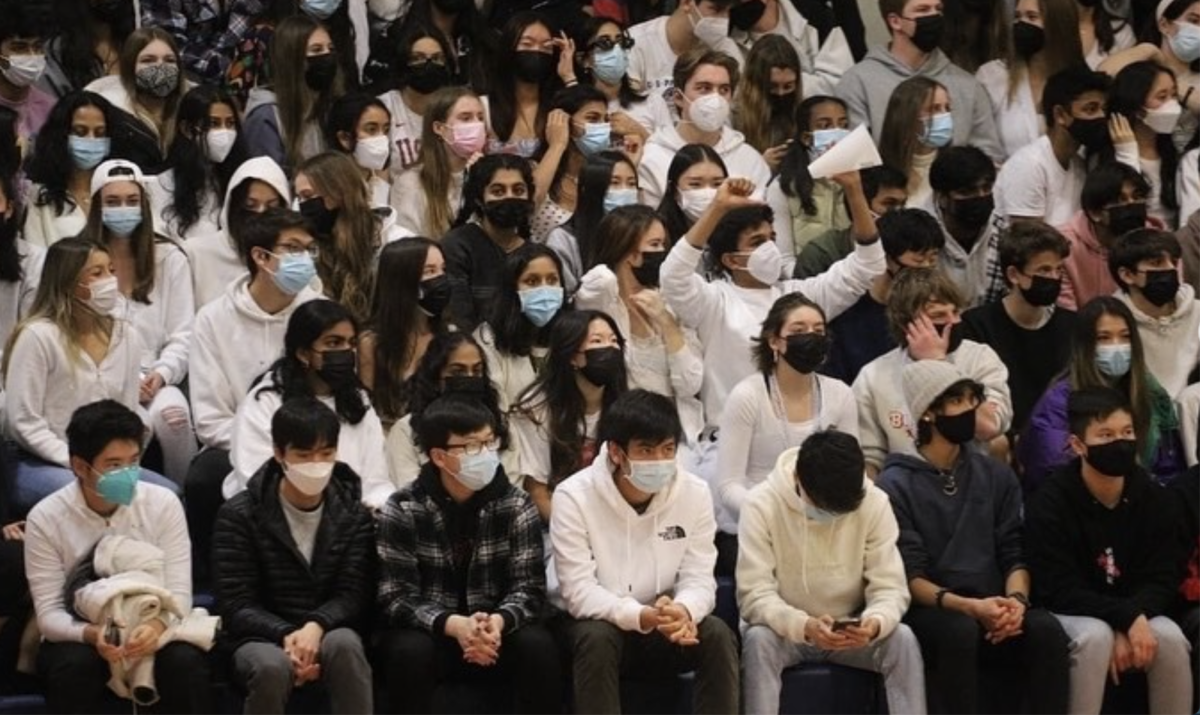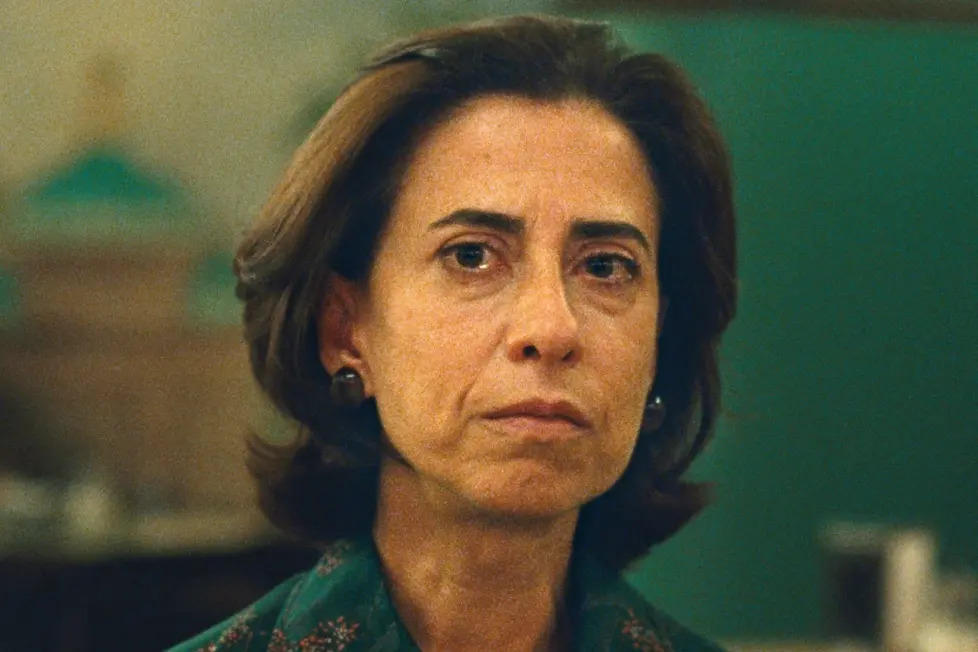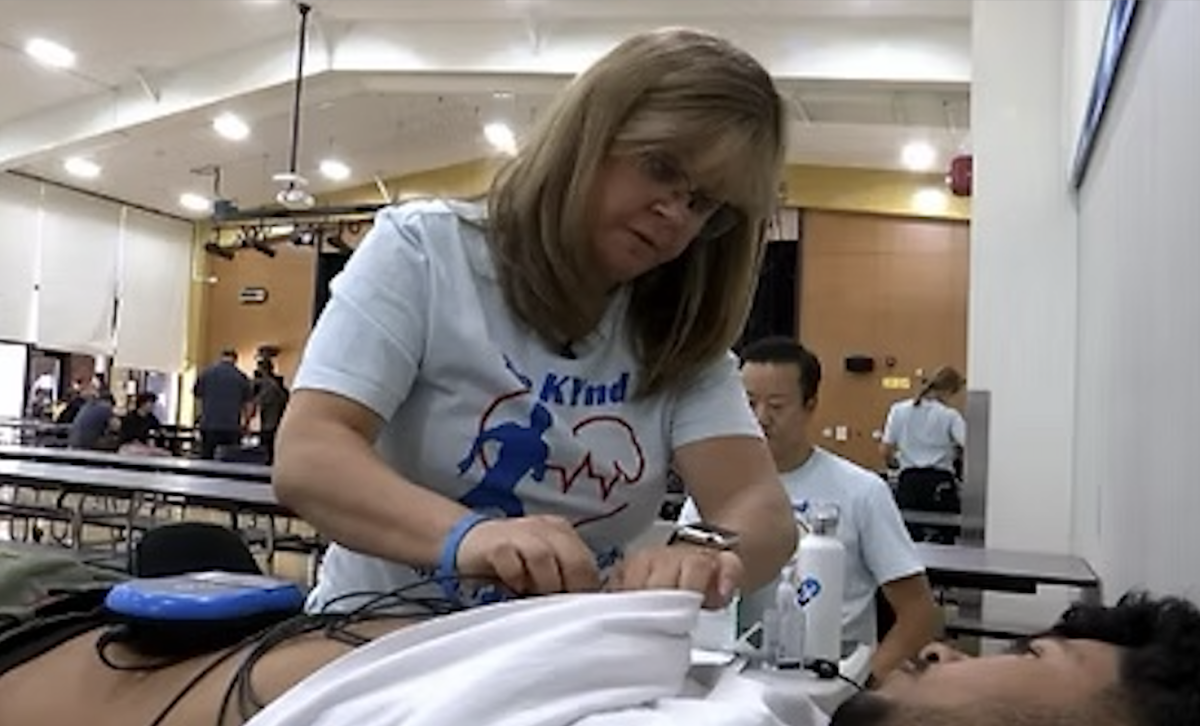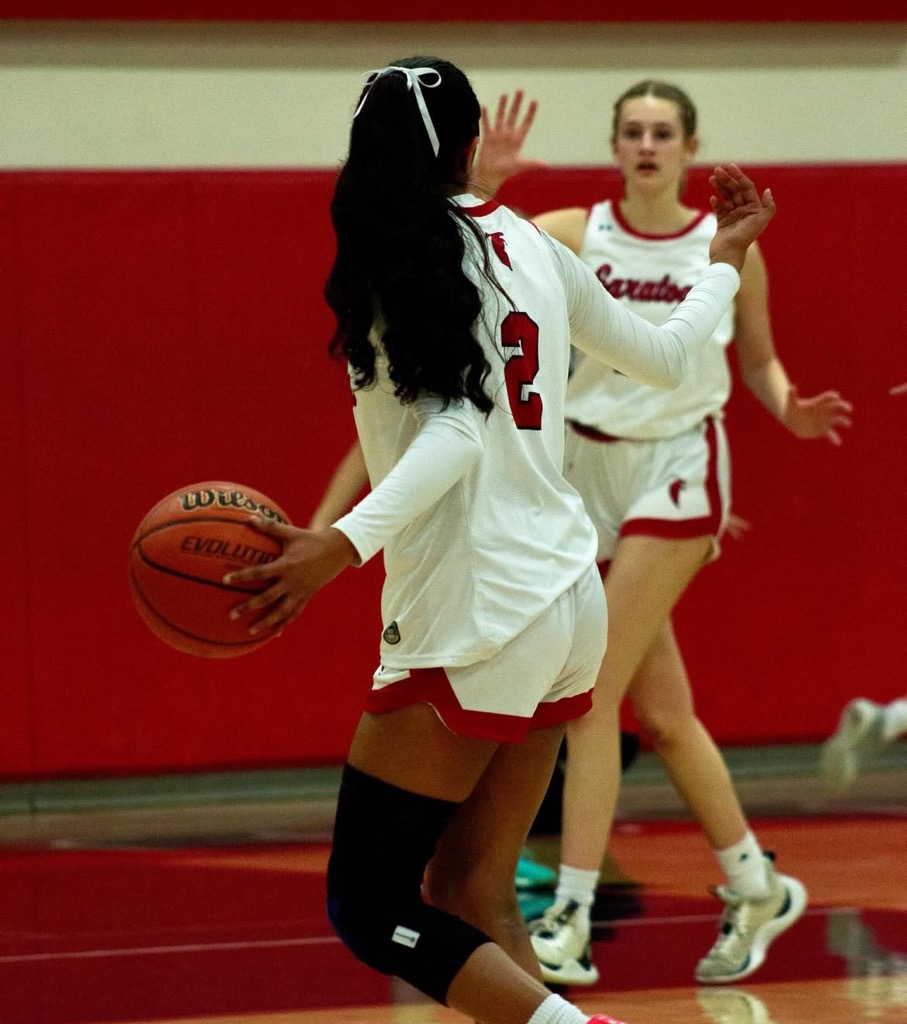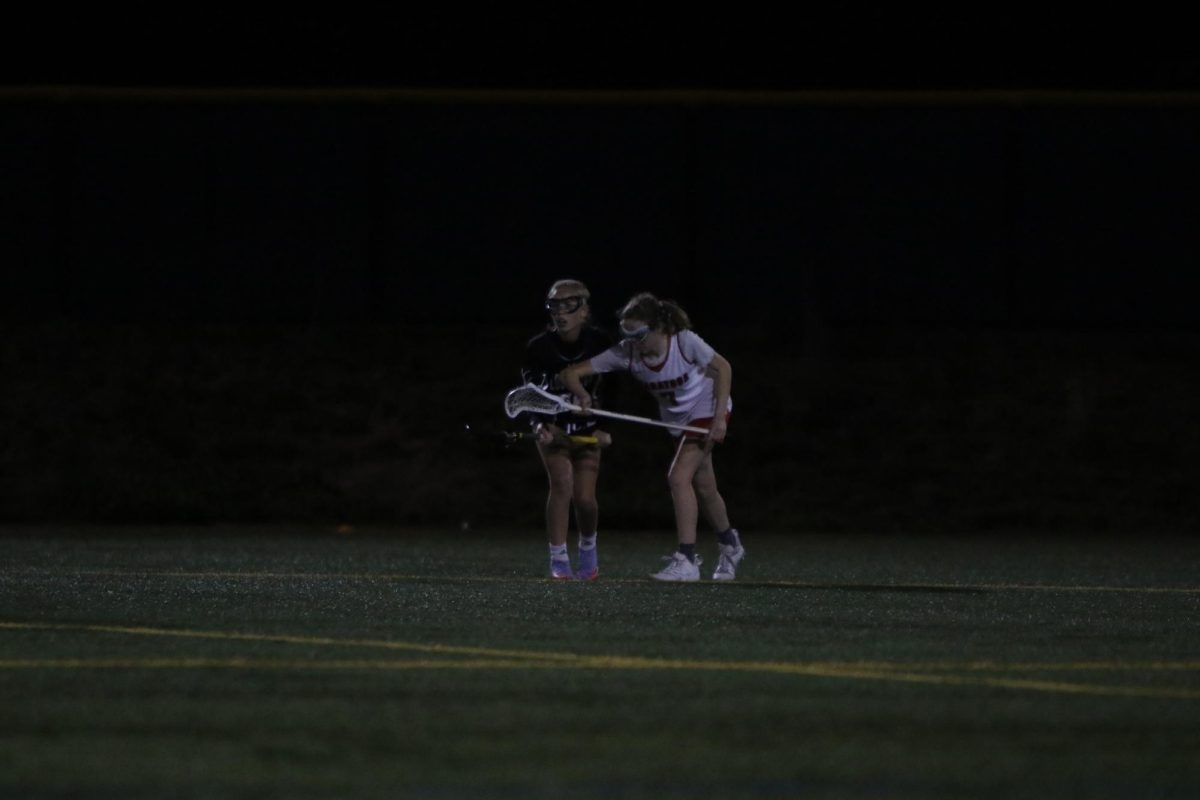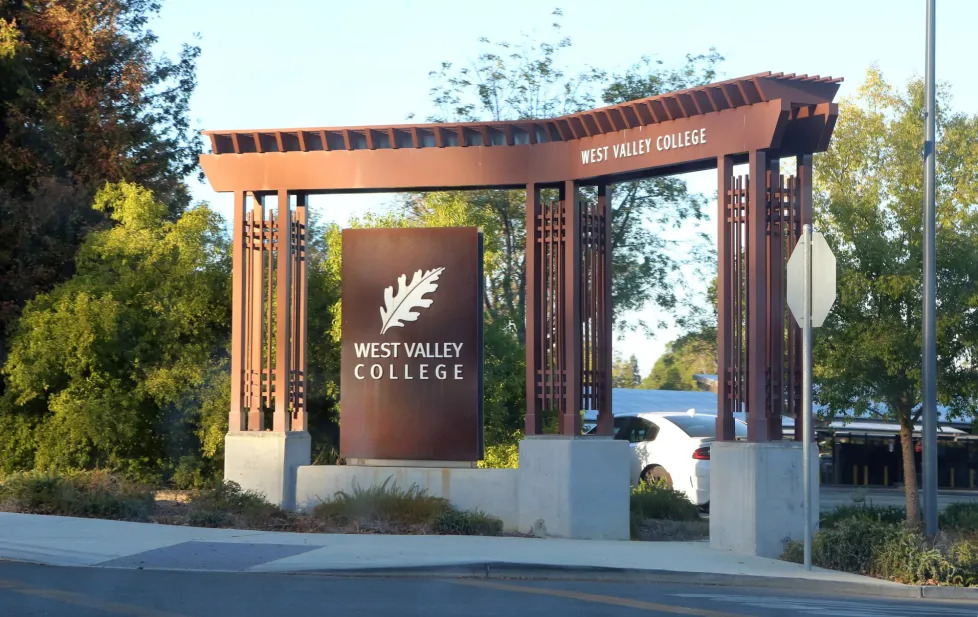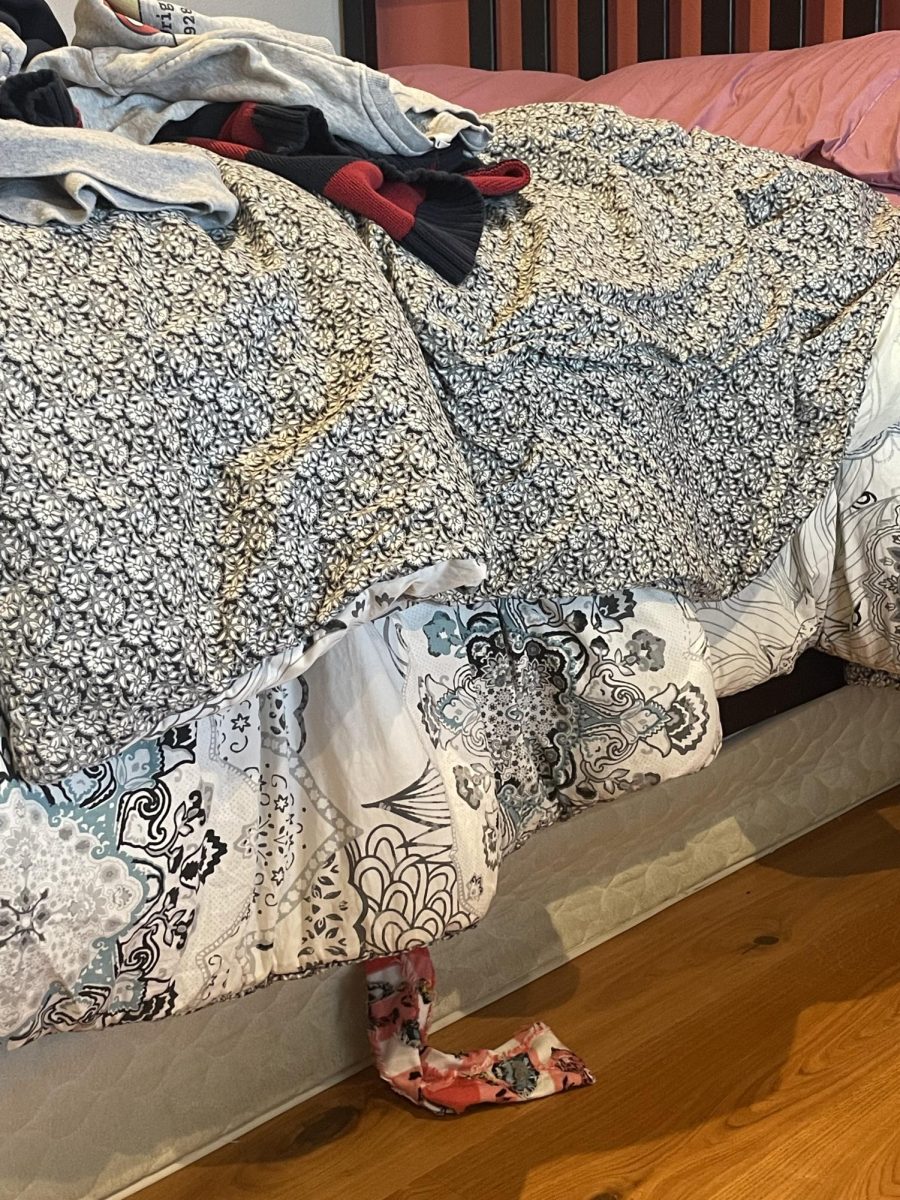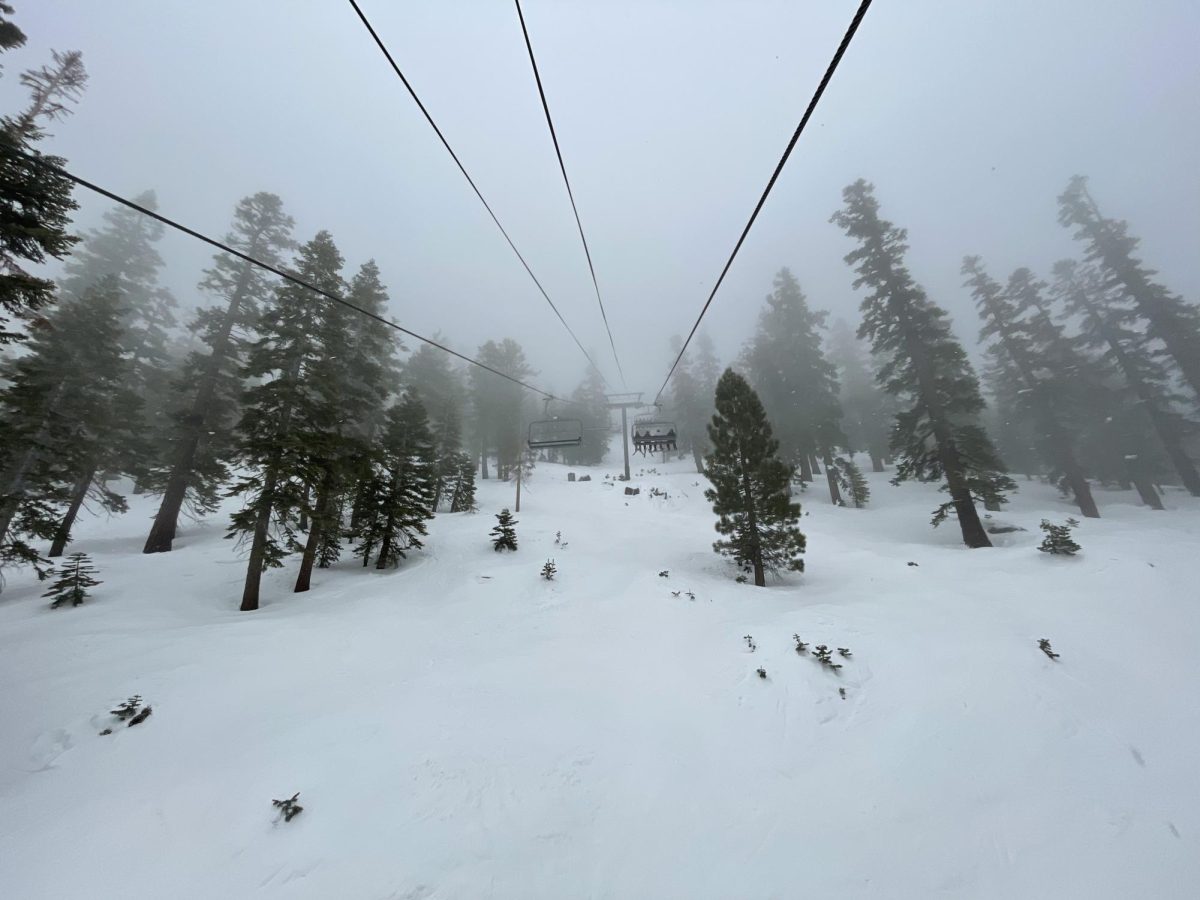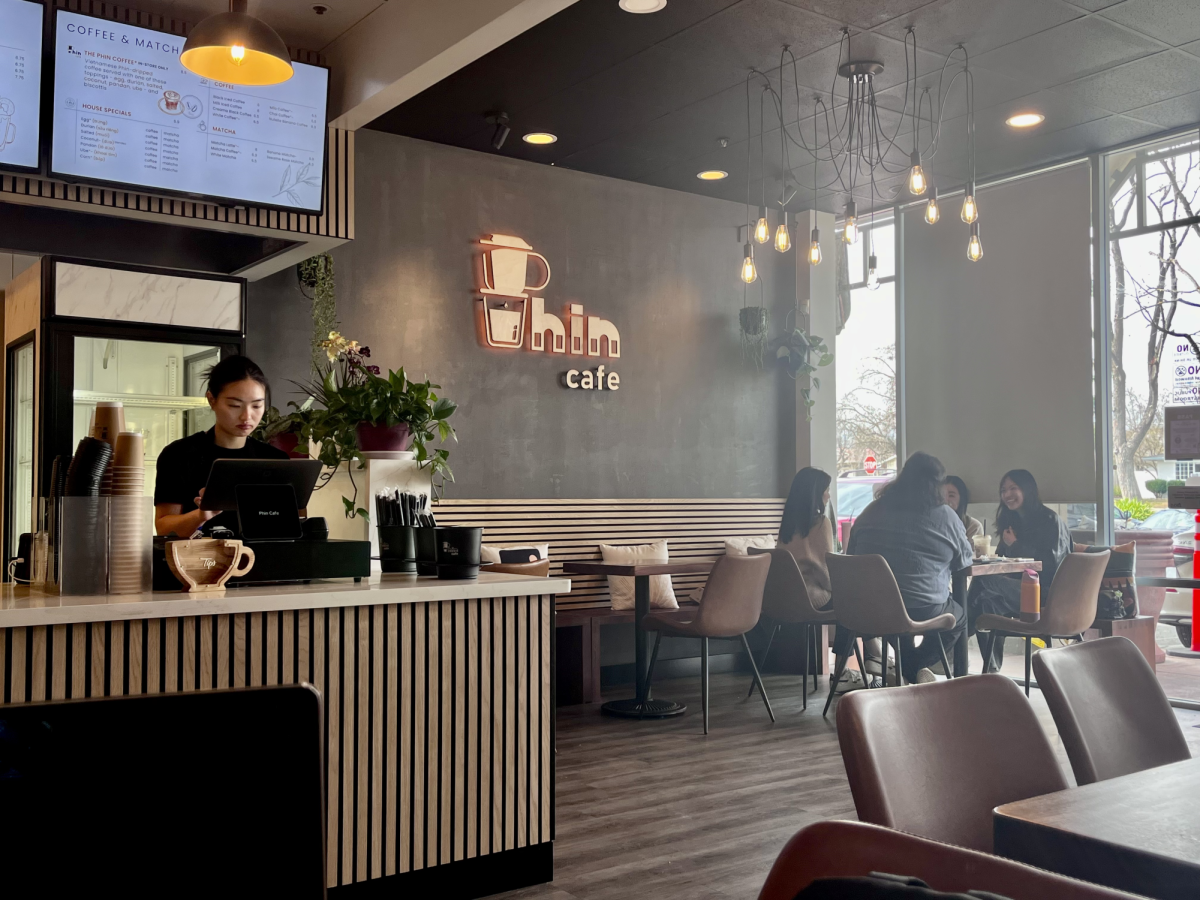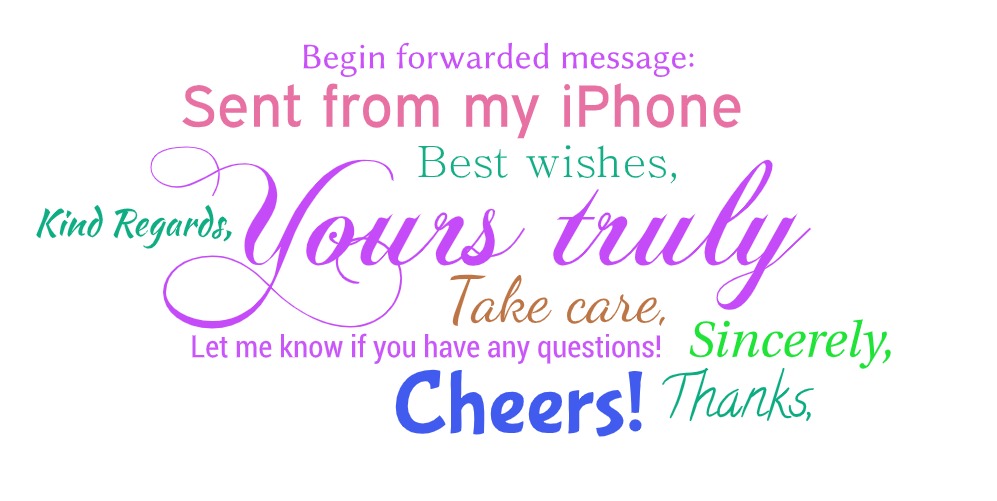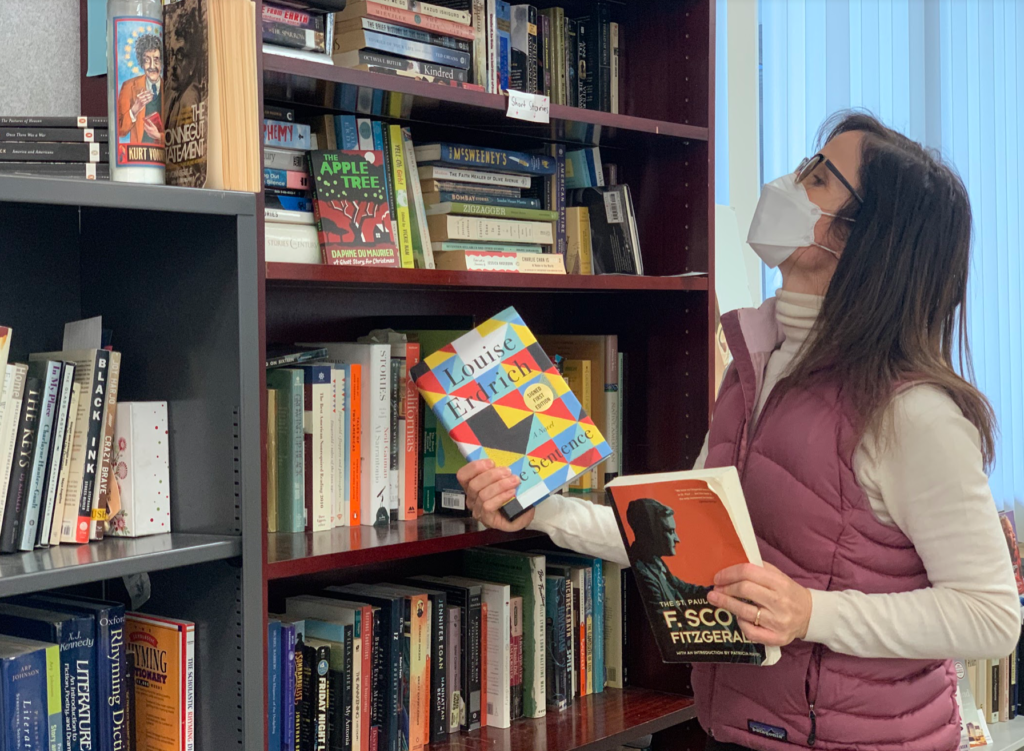Walking into English teacher Amy Keys’s Room 006, students see bookshelves hugging almost every wall, organized by genre, author and topic. Books range from poetry and anthologies to science fiction and mystery, carrying titles like “The Great Gatsby” or “The Round House” and authors from Shirley Jackson to Louise Erdrich and John Steinbeck.
With her father being a former English teacher, Keys grew up reading aloud and listening to audiobooks with her family, which led to her love for reading. She recalls that in elementary, middle and even high school, her friends would go over to her house to “flop down and read,” especially during school breaks.
Keys said she wanted to have a mini library of sorts in her classroom to “entice students with accessible books and reading for pleasure.” She noted that the “terrible paradox” of school, which she experienced herself in both high school and college, was that students are too busy to read for pleasure, despite the importance of reading as a central foundation of education.
“I think we should keep reading all the time,” Keys said. “It’s important for our brains, our mental health and emotional well-being to have another world to escape into and gain another perspective on things. It’s something to keep us going creatively.”
She said she likes to “ship students with books,” to find the book that’s going to speak to them, excite them or get them inspired to read other books. To do so, she often asks questions and considers what students have recently read or resonated with before suggesting works past students have enjoyed.
With a wide range of books in the classroom, at least one book is checked out weekly, Keys said.
To check out a book, students pick one off the shelves and bring it over to Keys, then take a notecard, write their name, the date and chosen book title on it before placing the card into the book checkout box. Students can keep the books for up to one semester, and every couple of weeks Keys’s TAs look through the book checkout and send messages to students with overdue books outstanding.
The most popular books have been “The Round House” by Louise Erdrich, “Friday Night Lights” by H. G. Bissinger and “All the Light We Cannot See” by Anthony Doerr.
For Keys, a good and compelling book lives in her psyche even when she is not reading; she finds herself thinking about characters from the book she is currently reading and wondering what they’d think of various events happening in the day. Other times, she’s so in love with the structure of a sentence or the beauty of an image captured by the author that it changes her view of the object or idea. Most importantly, Keys enjoys the sense of escape that comes with reading.
“That experience of getting lost in a book, losing track of time and experiencing another world is so beautiful,” Keys said.
Fellow English teacher Suzanne Herzman also finds joy in immersing herself deep within a book — like Keys, she has also created a classroom library to share her love for literature and inspire her students to read for leisure.
Keys and Herzman first met in 2007; Keys worked as a teacher mentor for the New Teacher Project (NTP) in Santa Cruz County and Herzman was teaching English at Scotts Valley High School at the time. Keys would often bring relatively new teachers from the NTP to observe and learn from Herzman.
With Herzman coming to work at SHS in 2009 and Keys in 2011, the two have continued to cultivate their tight-knit friendship, along with English teacher Natasha Ritchie. Now, the three frequently discuss reactions to books and recommendations, among other topics.
Similarly, Herzman invites her students to read and discuss books anytime during tutorials, after class or after school. To entice students to read, Herzman has an anecdote on the topic which she tells her classes every year.
Her first job out of college involved lots of commuting as she lived in San Francisco and worked in Richmond in the East Bay. Every day, she would take a 45-minute BART ride to and from work, bringing a book along with her to read.
One day, a man sat next to her and told her she was lucky that she could read. At first, Herzman assumed he meant literacy was important, but the man went on to explain that while he could read and decipher words, he was unable to lose himself in the book the way she could. Herzman realized she had always taken that ability for granted.
Her supply of books are a mix of those she brought in from home along with those her students have loved and donated to her class. Herzman said she sees her classroom library as a means for readers to communicate with one another, particularly when her students give her recommendations in return.
The book checkout process is similar to Keys’s where students find a card inside their desired book, write their name and date and file it into a gray box alphabetically by title. While Herzman initially used to worry about missing books, she’s come to be less strict on the topic.
“I used to get really worked up when a book was missing or didn’t come back,” Herzman said. “And then I just realized that a book is in a kid’s hand. So I’ve tried to let go. I keep the system there and encourage students to check stuff back in, but I don’t feel as uptight and micromanaging about that.”
Herzman said she assumes students are used to seeing many bookshelves in teachers’ rooms, as most teachers in the English department have a collection of books in their classrooms and are always happy to have students read them.
Herzman herself also enjoys having a supply of classroom books for its convenience; she could recommend the perfect book for students by simply grabbing it off the shelf.
Additionally, in post-Zoom school, Herzman said it seems like more students actually want a physical book in their hand instead of digital readers — a respite from the screen — and is happy her classroom books can provide students with that.
“In our discipline, when you think about what it is that you hope students leave high school with at the end of it all, it’s that they may become lifetime readers,” Herzman said.

